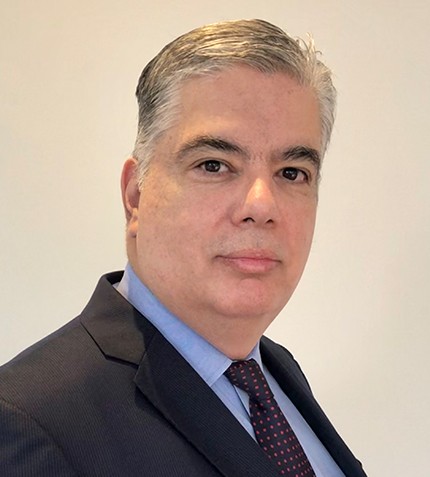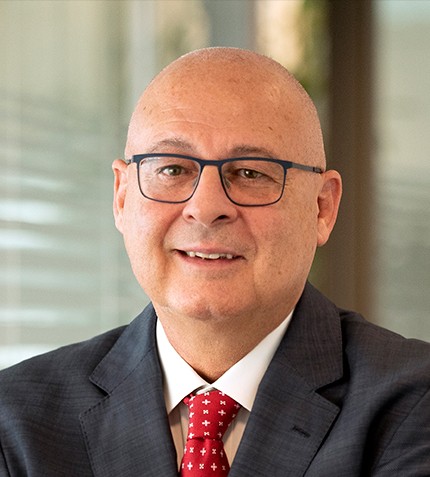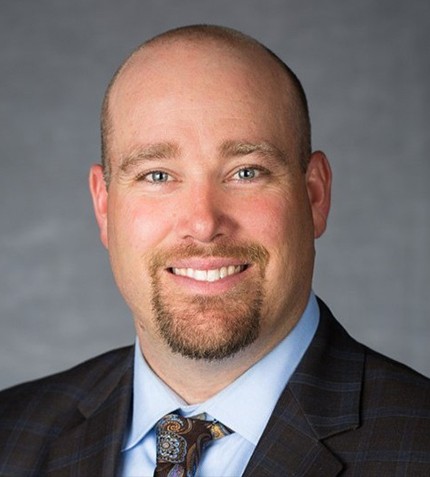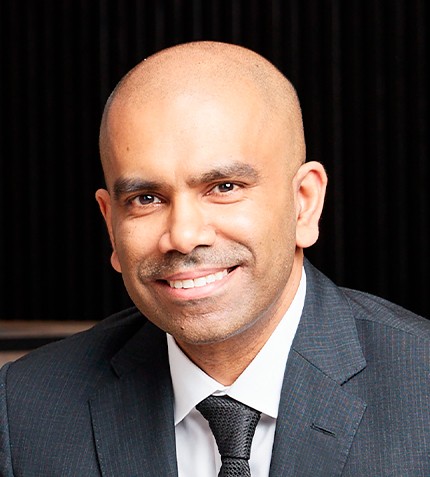
"The CMSP has started with the support of the largest companies of the sector, but our ultimate goal is to include mining companies of all sizes"
Benjamin Quijandria
CEO, MINING CLUSTER OF SOUTHERN PERU (CMSP)
What was the vision behind creating the Mining Cluster of Southern Peru (CMSP) in 2018?
Conversations regarding the creation of a cluster in Peru had been taking place for over 10 years, considering successful experiences in Antofagasta (northern Chile) and Australia. However, this was only achieved at the end of 2018, when the first agreement for technical cooperation was signed between Latin America’s Development Bank (CAF) and Arequipa’s Chamber of Industry and Commerce (CCIA) to establish the strategic guidelines for the cluster. The most relevant mining actors from the south decided to join the initiative: Hubday Minerals, Anglo American Quellaveco, Southern Copper and Cerro Verde. An important pillar of the CMSP is the open innovation program, launched at the end of 2019, which featured eight main challenges affecting mining companies, which we identified by visiting mining operations and talking to officials and executives.
Our approach to this cluster is very pragmatic. From our two trips to Chile and Australia, we learned that the formation of a mining cluster is a long-term process. The CMSP has started with the support of the largest companies of the sector, but our ultimate goal is to include mining companies of all sizes. At the beginning of 2020, a second technical cooperation agreement was signed between the same actors for a period of two more years, with the aim of consolidating the guidelines of the cluster.
What aspects of the Australian Mining Cluster (METS) and the Mining Cluster in Chile would you like to replicate in Peru?
The Mining Cluster in Chile, after a long and difficult process, obtained the status of an institution with legal personality in 2020. It is a public-private institution which includes public officials from Antofagasta, the innovation institute of Chile (CORFO) and several private actors. The first specific program was the World Class Supplier Program, launched by BHP and later joined by Codelco. Alta Ley had a central role in the elaboration of a technological roadmap in 2015, which represented a turning point for mining. Many stakeholders were involved in this process of defining a common vision and long-term objectives for 2035. In 2020, the version 2.0 was launched to update this roadmap.
The aim of CMSP is to replicate the long-term vision of these projects and the collaboration between the public and public sector. This is the case with CMSP, whose structure and governance are based on the private sector, but its financing is mixed: 50% is provided by CAF and 50% by private mining companies.
How can service companies benefit from the CMSP open innovation program?
Through our open innovation program we have already launched 12 challenges through which we reach a great variety of service companies. This program reaches a specific type of company with good technological capacity, with capacity to innovate and develop or adapt technologies.
However, we also want to support companies that are still not in that phase, and which usually are in regions of influence of mining companies. Therefore, to complement our open innovation program, we plan to carry out workshops in alliance with the chambers of commerce of the region, universities and local institutes, and help companies reach all the necessary standards to register as providers for the mining industry.
What could the successful development of the Cluster mean for the economy of Peru?
In Peru, there is extensive information and data about the impact of mining companies on the GDP, but not about the impact of mining providers. For a clear image of the real importance of the sector on the economy, both numbers should be calculated and added. For example, Chile has a mining GDP of 10% and the GDP of mining providers is 7%. Therefore, mining accounts for 17% of GDP. Currently, we are trying to collect information about mining providers in Peru, including the number of mining suppliers, their income, the profile of their workers, their exports, etc. An initial study will be published in the following months, based on the experience of Chile and Australia, who have carried out this type of studies for several years. We want our learning curve to be shorter.










